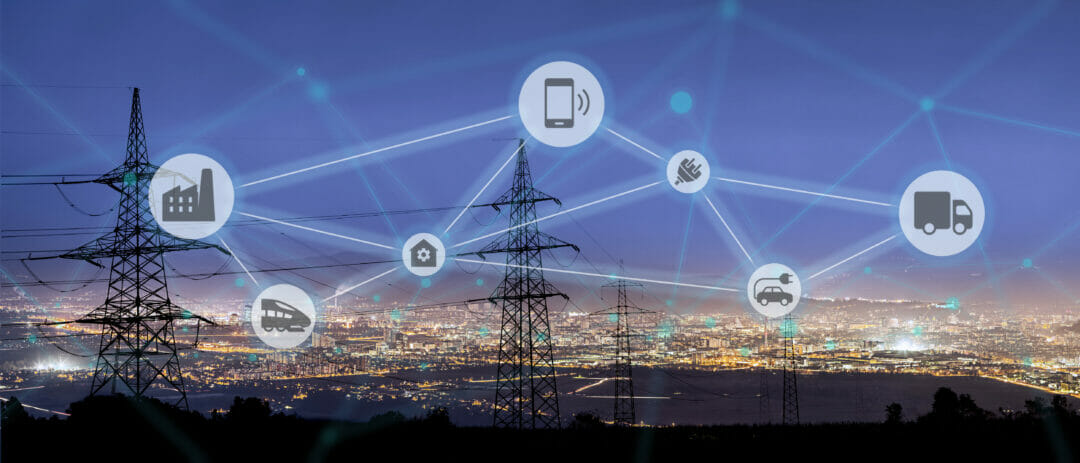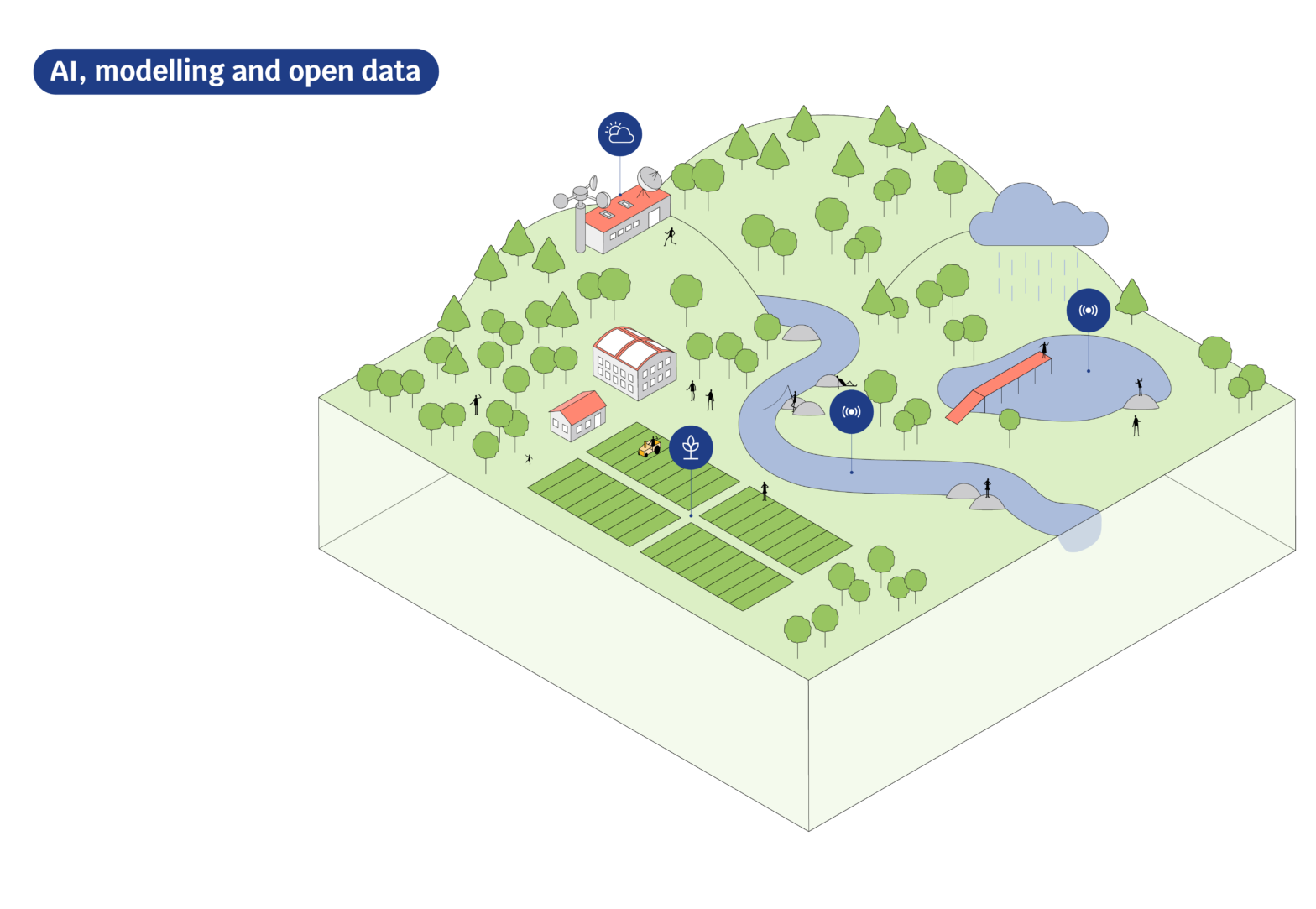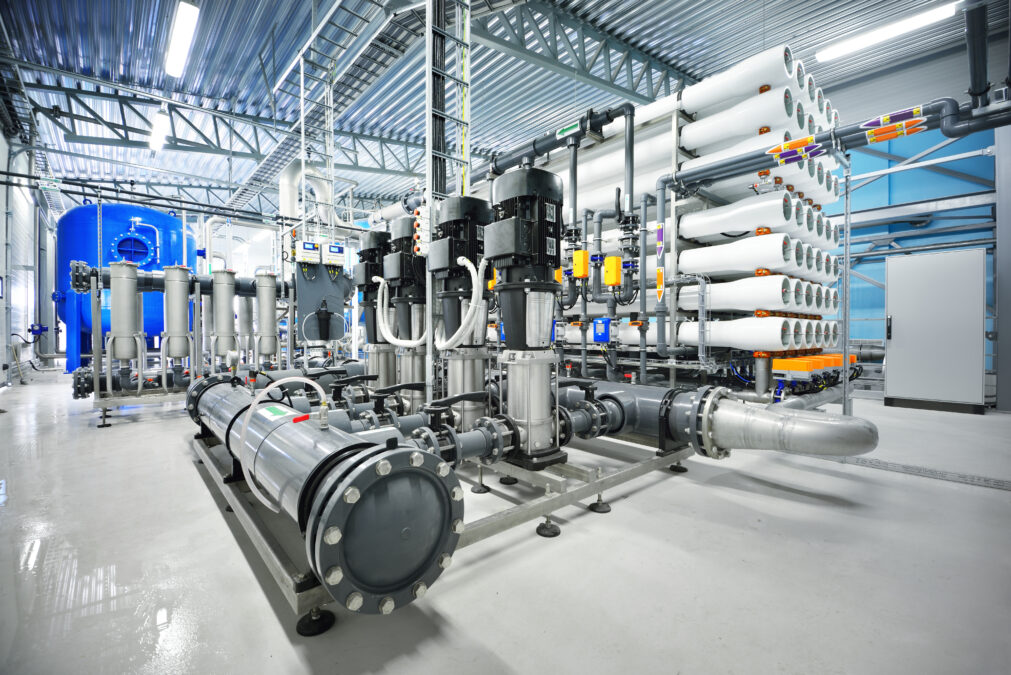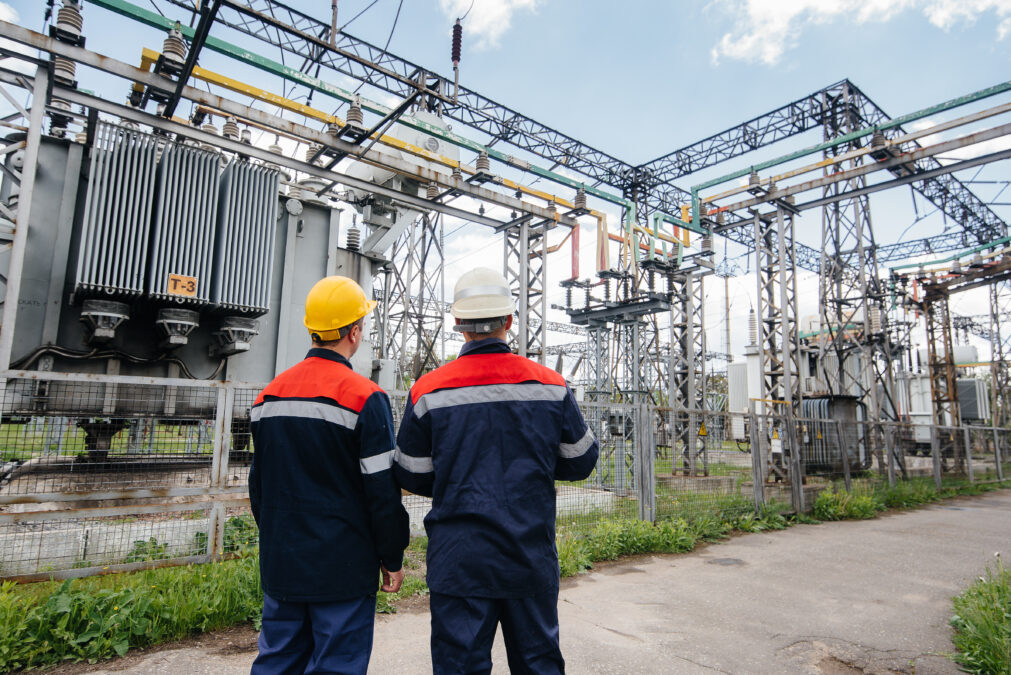Data is at the heart of intelligent process automation, but where does that data come from? Collecting accurate data remotely has always been a challenge for utilities. This has led to fragmented data collection systems that restrict the use of data analytics at the scale necessary to make a real difference to the business and to consumers.
It is the distributed nature of the data collection requirements that is the key challenge. Installing smart meters in homes requires a reliable, secure backhaul that does not rely on existing infrastructure that may or may not be available.
Low Power Wide Area Network (LPWAN) technology provides a way to link up millions of smart meters in a cost-effective, reliable and secure way. This gives utilities potential to expand their business with IoT applications for smart cities and communities by enabling easy connectivity of smart IoT devices to a network. With data readily available to deliver actionable insights, LPWAN can help utilities providers cut costs, improve safety, reduce waste and improve customer satisfaction.
Market researchers IHS Markit forecast that smart meters and utility applications connected via LPWAN technologies will total more than 300 million by 2023.
Using unlicensed frequency bands below 1GHz enable links that can reach kilometres in length, allows remote locations to be connected and also provides links to meters that can be hidden away. These sub-GHz frequencies also address one of the most pressing challenges of smart meters, the location. The meter may be placed in a number of different locations in different houses and making sure the signal gets to and from the meter is key. The penetration of the radio signal for LPWAN networks allows reliable connection to meters that may be in basements, or high up in tower blocks.
The signals are connected by a local gateway, increasingly run by third party network providers, and relayed to the cloud to be ingested into data analytic systems. The long range and high penetration of the radio signals reduces the number of gateways needed and has allowed cost effective LPWAN networks to be rolled out in many countries.
The LoRaWAN standard, developed in 2015 specifically for low power sensor networks and built on LoRa modulation technology, is increasingly used in sub-stations for fault detection and smart grid monitoring like how Elvexys SA is doing for OIKEN in Switzerland and in remote areas to monitor equipment, providing data on the performance of system. Using battery-backed wireless sensor nodes can provide vital data that can even predict when equipment is failing, allowing replacements to be made in scheduled maintenance rather than responding to a potentially catastrophic failure. Here, the lower power requirements of LoRaWAN mean that the batteries on a wireless sensor node can last for many years, avoiding the cost of battery replacement cycles that can plague large scale data-capture deployments.
Security
Keeping user data safe and secure is of course a key requirement. The LoRaWAN network includes an embedded two-layer security based on AES 128-bit encryption keys that is optimised for low power data networking. This means that data can be encrypted from the smart meter all the way through to the enterprise data systems. As LoRa packets do not use the IP protocol there is no need for converting the data and it can remain secure in an end-to-end implementation.
What is LoRaWAN and why is it taking over the Internet of Things?
Compatibility
One of the challenges for the industry is the large number of different standards for data from smart meters. This is being addressed through open organisations such as the LoRa Alliance working with different standards groups to ensure compatibility. LoRaWAN is now an internationally agreed standard as Y.4480 from the ITU Telecommunication Standardisation Sector (ITU-T) and is used by 500 companies in the LoRa Alliance.
For example, the LoRa Alliance is working with the OMS Group in Germany on the standard use of the Open Metering System (OMS) metering language over LoRaWAN to reduce the complexity and cost of integration for utilities.
In OMS over LoRaWAN, OMS serves as the Application Layer within a standard LoRaWAN network architecture. This enables a standard M-Bus transport over LoRaWAN, and a joint proof of concept (PoC) has validated the interoperability on all levels, from data platform down to different OMS end devices connected via the same or different LoRaWAN networks.
This allows utility companies that already use OMS to benefit from LoRaWAN’s advantages, including low power consumption, long range and deep indoor penetration. This is particularly suitable for meters that are often underground, or in concrete or other hard-to-reach areas, and also allows firmware updates over the air (FUOTA).
The new specification also ensures interoperability with legacy OMS-based systems and frees utilities from the costly burden of deploying and maintaining radio network infrastructure by using existing LoRaWAN third-party networks.
Similarly, the LoRa Alliance has worked with the user association for another standard, Device Language Message Specification (DLMS), on interoperability. DLMS defines the semantics and the syntax of a language for interoperable data exchange with all kinds of smart utility meters and similar devices.
DLMS has been widely adopted, with over several hundred million meters worldwide from major utilities using the DLMS/Companion Specification for Energy Metering (COSEM) standard, and now can run on LoRaWAN networks. Rather than using a bridge to convert the data, this is implemented using Static Context Header Compression (SCHC) technology to provide a seamless and standard non-broken channel with end-to-end transparent support of COSEM and the OBIS device identification codes used approved by IEC in the IEC62056 standard and by many other standard organisations.
Using a single application standard such as DLMS for multiple applications also makes it much easier to integrate data that was previously in separate silos, for example smart meters and smart building sensor data.
Future direction
An emerging technology that can further benefit utilities is direct satellite connection. Satellites have been launched with payloads that can handle LPWAN messages directly, relaying the data in near real time from all around the world. Satellite Operators can reuse terrestrial gateway architectures or develop their own Software Defined Radio system (SDR) implementing the target LPWAN modulation. Multiple satellite LPWAN networks are launched or are in the process of launching which provides enterprise users more options for the type of network and analytic engines. This increases volume, increases competition and drives down costs.
The advancements in smart monitoring, data collection and analysis are all part of an ever growing portfolio of cost saving solutions for smart cities and communities. To find out how several companies used LoRaWAN for energy, lighting and smart water monitoring and the savings they achieved, download Semtech’s e-book entitled “Smart Cities of The Future, Real World Solutions.”











